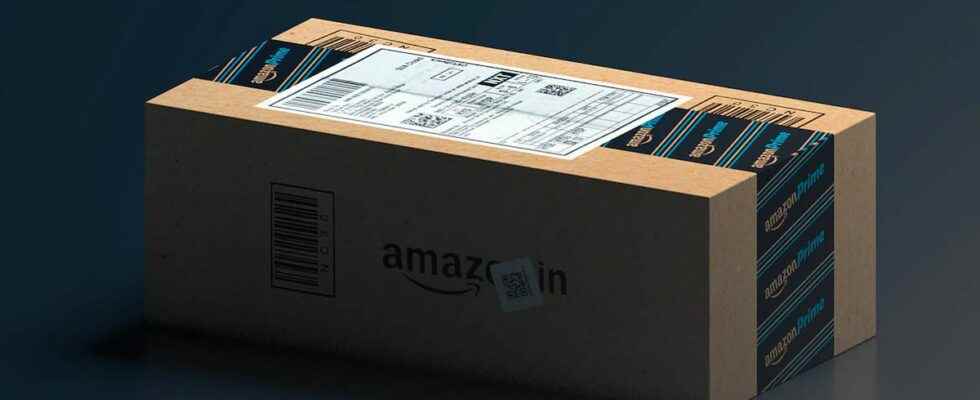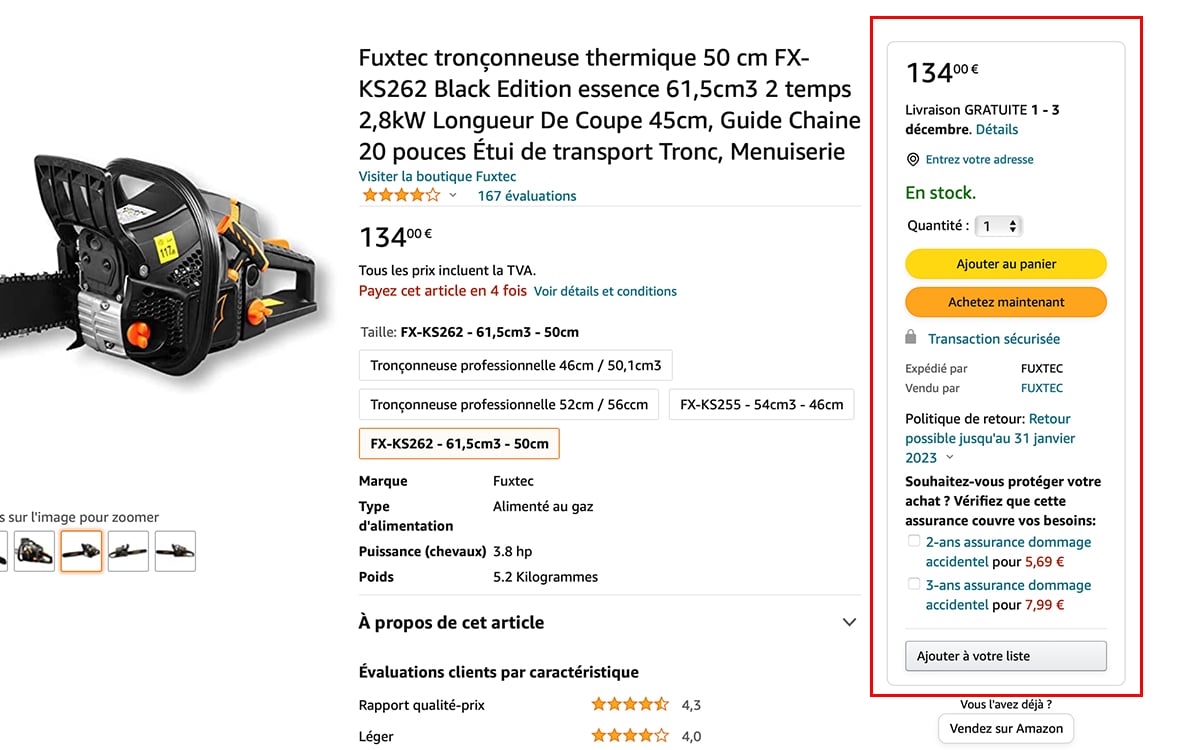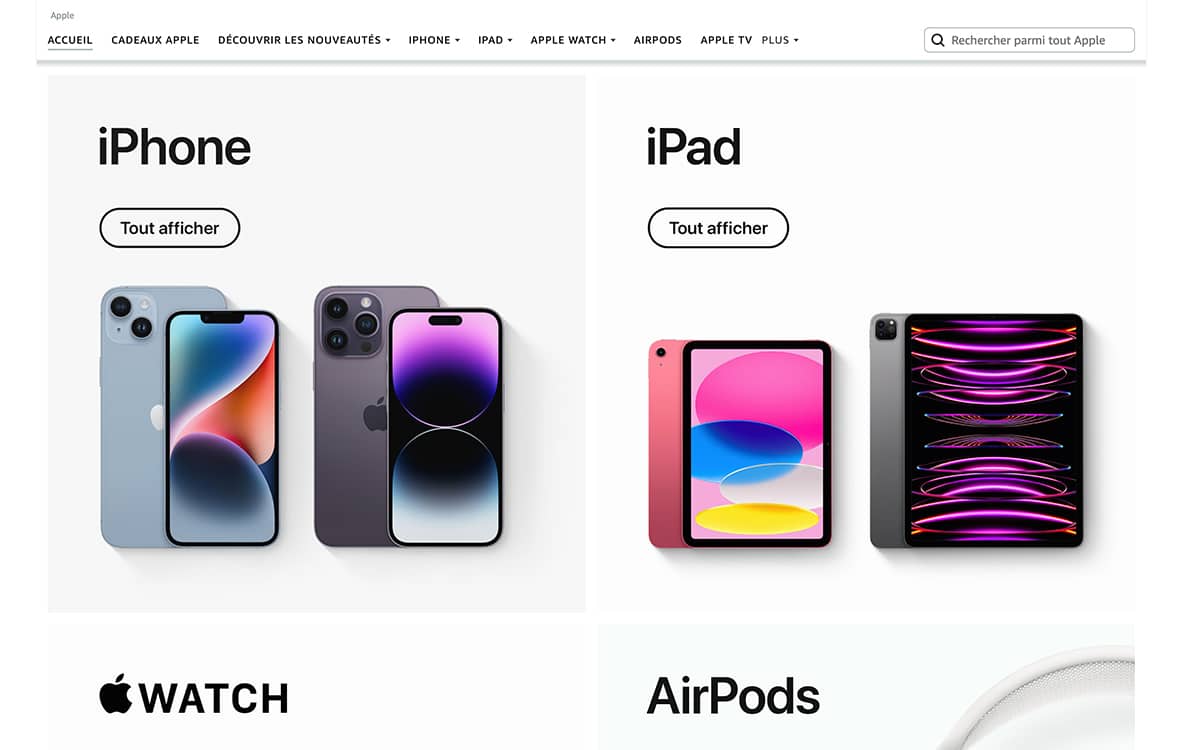While Black Friday is in full swing on Amazon, many lawsuits in the United States are targeting the global e-commerce giant. Through these cases, US regulators are trying to prove that Amazon is abusing its leadership position to drive up prices beyond what they should be. Explanations.
As you know, Black Friday is currently in full swing on the various e-commerce sites. Without surprise, Amazon occupies a place of choice with consumers who hope to be able to do good business during this period. However, numerous lawsuits filed by US regulators against the e-commerce giant try to prove that Amazon is doing everything to keep prices high.
Indeed, the Seattle firm is currently involved in three legal standoffs. The company is accused of applying policies and practices that limit the prices charged by the competition on its platform and outside. Of course, all of this would rest above all on Amazon’s position as the world’s leading e-commerce company. According to antitrust regulators, this would allow Amazon to set its own pricing rules, in violation of antitrust laws.
Amazon muzzles third-party sellers to keep prices high
The first two complaints, filed by the attorneys general of California and Washington DC, allege that Amazon maintains high prices in penalizing third-party sellers. They mention in particular the costs imposed on third-party sellers to offer their products on the market place of the American giant. Indeed, thousands of third-party sellers pay Amazon for take advantage of storage capacities and the extensive logistics network (including delivery) of the company.
In addition to these fees, sellers must also share a portion of sales profits with Amazon. Add to that the expense of advertising, which is essential if sellers hope to rank higher in search results on Amazon. These are the famous sponsored lists that you see everywhere on the site.
To offset all these costs, third-party sellers therefore have every interest in maintain higher prices than on a competing platform or on their own site. In 2019, however, Amazon removed its policy prohibiting third-party sellers from offering lower prices on other platforms. But a perverse effect then set in according to the testimonies of several sellers.
Also to read : Amazon loses 1,000 billion dollars on the stock market, a first in history!
Products mysteriously disappear from the Buy Box
According to them, their products suddenly disappeared from the “Buy Box” from Amazon when they started selling them at preferential rates on other sites. The “Buy Box” allows a seller to be highlighted on a product sheet, and a yellow “Buy Now” button is also affixed just below. Suffice to say that disappearing from this strategic area can have a strong impact on the turnover of small sellers.
According to California Attorney General Rob Bonta, this practice violates state antitrust laws. Karl Racine, attorney general for the District of Columbia, also sued Amazon for similar reasons. Nevertheless, the American company defended itself, stating that its policies do not explicitly require sellers to maintain higher prices on its platform, adding that Mr. Racine’s office did not succeed. to demonstrate, with the help of facts, that third-party sellers refrained from offering discounts outside of Amazon’s marketplace.
The case of the illegal agreement between Amazon and Apple
And then, of course, there is this 3rd high-profile trial just a few days ago. According to this case, Amazon and Apple signed an illegal agreement to limit the number of third-party sellers authorized to list Apple products on Amazon. The main effect of which would have been to limit price competitionand in parallel to drastically increase the prices of iPhones, iPads and co. on the e-commerce site. Additionally, Amazon reportedly got a guaranteed discount on wholesale Apple products to sell directly to consumers.
As the complaint details, while there were nearly 600 third-party sellers offering Apple products on Amazon in 2019, there were only 7 left when the two companies reached this agreement. For the moment, it is difficult to know why these sellers have been sidelined. We know that Amazon has several valid levers to exclude third-party sellers from its platform, such as the violation of user policies, or the sale of counterfeit products. However, it will be necessary to reach the development of the trial to learn more about this point.
Source: CNET


